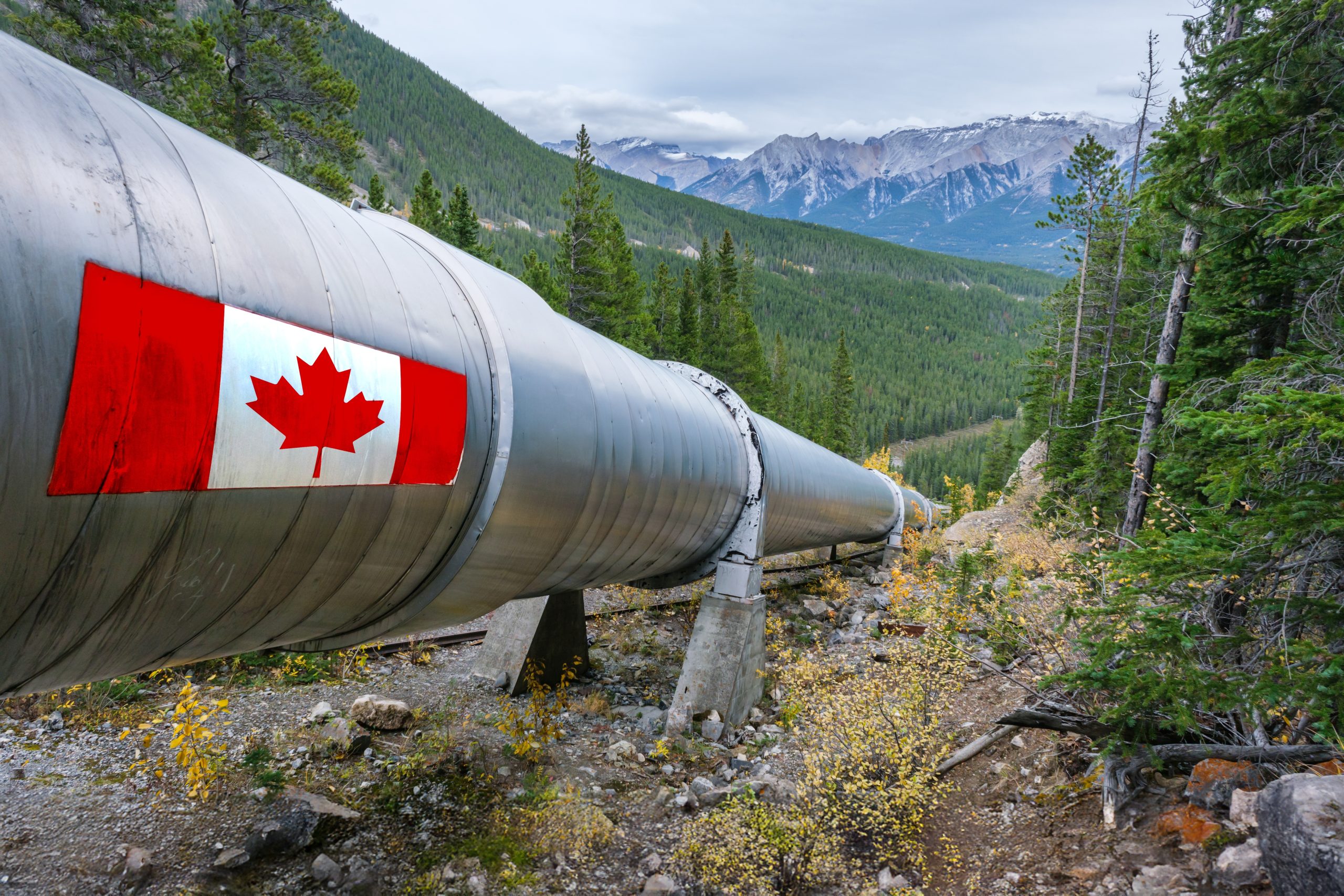Small modular reactors, long touted as the future of nuclear energy, will actually generate more radioactive waste than conventional nuclear power plants, according to research from the University of British Columbia and Stanford.
By Mark Shwartz
Nuclear reactors generate reliable supplies of electricity with limited greenhouse gas emissions. But a nuclear power plant that generates 1,000 megawatts of electric power also produces radioactive waste that must be isolated from the environment for hundreds of thousands of years. Furthermore, the cost of building a large nuclear power plant can be tens of billions of dollars.


Technicians loading an experiment at the Advanced Test Reactor on the Idaho National Laboratory site. (Image credit: Courtesy Idaho National Laboratory)
To address these challenges, the nuclear industry is developing small modular reactors that generate less than 300 megawatts of electric power and can be assembled in factories. Industry analysts say these advanced modular designs will be cheaper and produce fewer radioactive byproducts than conventional large-scale reactors.
But a study to be published the week of May 30 in Proceedings of the National Academy of Sciences, co-authored by Allison Macfarlane, professor and director of the UBC School of Public Policy and Global Affairs, has reached the opposite conclusion.
The results show that most small modular reactor designs will increase the volume of nuclear waste in need of management and disposal, by factors of 2 to 30. The findings stand in sharp contrast to the cost and waste reduction benefits that advocates have claimed for advanced nuclear technologies.
Global nuclear power
About 440 nuclear reactors operate globally, providing approximately 10 percent of the world’s electricity. In the United States, 93 nuclear reactors generate nearly a fifth of the country’s electricity supply.
Unlike power plants that run on coal or natural gas, nuclear plants emit little carbon dioxide, a major cause of global warming. Advocates say that as worldwide demand for clean energy increases, more nuclear power will be needed to minimize the effects of climate change.
But nuclear energy is not risk free. In the U.S. alone, commercial nuclear power plants have produced more than 88,000 metric tons of spent nuclear fuel, as well as substantial volumes of intermediate and low-level radioactive waste. The most highly radioactive waste, mainly spent fuel, will have to be isolated in deep-mined geologic repositories for hundreds of thousands of years. At present, the U.S. has no program to develop a geologic repository, after spending decades and billions of dollars on the Yucca Mountain site in Nevada. As a result, spent nuclear fuel is currently stored in pools or in dry casks at reactor sites, accumulating at a rate of about 2,000 metric tonnes per year.
Simple metrics
Some analysts maintain that small modular reactors will significantly reduce the mass of spent nuclear fuel generated compared to much larger, conventional nuclear reactors. But that conclusion is overly optimistic, according to the co-authors.
“Simple metrics, such as estimates of the mass of spent fuel, offer little insight into the resources that will be required to store, package, and dispose of the spent fuel and other radioactive waste,” said Lindsay Krall, a former MacArthur Postdoctoral Fellow at Stanford University’s Center for International Security and Cooperation (CISAC) who is now a scientist at the Swedish Nuclear Fuel and Waste Management Company. “In fact, remarkably few studies have analyzed the management and disposal of nuclear waste streams from small modular reactors.”
Dozens of small modular reactor designs have been proposed. For this study, Krall analyzed the nuclear waste streams from three types of small modular reactors being developed by Toshiba, NuScale, and Terrestrial Energy. Each company uses a different design. Results from case studies were corroborated by theoretical calculations and a broader design survey. This three-pronged approach enabled the authors to draw powerful conclusions.
“The analysis was difficult, because none of these reactors are in operation yet,” said study co-author Rodney Ewing, the Frank Stanton Professor in Nuclear Security at Stanford and co-director of CISAC. “Also, the designs of some of the reactors are proprietary, adding additional hurdles to the research.”
Neutron leakage
Energy is produced in a nuclear reactor when a neutron splits a uranium atom in the reactor core, generating additional neutrons that go on to split other uranium atoms, creating a chain reaction. But some neutrons escape from the core – a problem called neutron leakage – and strike surrounding structural materials, such as steel and concrete. These materials become radioactive when “activated” by neutrons lost from the core.
The new study found that, because of their smaller size, small modular reactors will experience more neutron leakage than conventional reactors. This increased leakage affects the amount and composition of their waste streams.
“The more neutrons that are leaked, the greater the amount of radioactivity created by the activation process of neutrons,” Ewing said. “We found that small modular reactors will generate at least nine times more neutron-activated steel than conventional power plants. These radioactive materials have to be carefully managed prior to disposal, which will be expensive.”
The study also found that the spent nuclear fuel from small modular reactors will be discharged in greater volumes per unit energy extracted and can be far more complex than the spent fuel discharged from existing power plants.
“Some small modular reactor designs call for chemically exotic fuels and coolants that can produce difficult-to-manage wastes for disposal,” said co-author Macfarlane. “Those exotic fuels and coolants may require costly chemical treatment prior to disposal.”
“The takeaway message for the industry and investors is that the back end of the fuel cycle may include hidden costs that must be addressed,” Macfarlane said. “It’s in the best interest of the reactor designer and the regulator to understand the waste implications of these reactors.”
Radiotoxicity
The study concludes that, overall, small modular designs are inferior to conventional reactors with respect to radioactive waste generation, management requirements, and disposal options.
One problem is long-term radiation from spent nuclear fuel. The research team estimated that after 10,000 years, the radiotoxicity of plutonium in spent fuels discharged from the three study modules would be at least 50 percent higher than the plutonium in conventional spent fuel per unit energy extracted.
Because of this high level of radiotoxicity, geologic repositories for small modular reactor wastes should be carefully chosen through a thorough siting process, the authors said.
“We shouldn’t be the ones doing this kind of study,” said Ewing. “The vendors, those who are proposing and receiving federal support to develop advanced reactors, should be concerned about the waste and conducting research that can be reviewed in the open literature.”
Media Contacts
Allison Macfarlane, School of Public Policy and Global Affairs, University of British Columbia: 617-460-1039, Allison.macfarlane@ubc.ca
Lindsay Krall, Swedish Nuclear Fuel and Waste Management Company: +46 70 254 0560, Lindsay.Krall@skb.se
Rod Ewing, Geological Sciences: 650-25-8641, rewing1@stanford.edu
Mark Golden, Precourt Institute for Energy: 650-724-1629, mark.golden@stanford.edu
Media Coverage
Financial Post: ‘We Really Want to Find a Long-term Solution’: Canada Inches Toward Permanent Storage of Radioactive Waste. June 17, 2022
NuclearNewswire: Authors of SMR Study Reply to Nuscale Comments. June 13, 2022
The Globe and Mail: The World’s Push for Small Nuclear Reactors will Exacerbate Radioactive Waste Issues, Researchers Say. June 3, 2022.
POWER Magazine: Researchers Say SMRs Will Produce More Waste Than Large Nuclear Reactors, NuScale Disputes Claim. June 2, 2022.
Wired: Small Reactors May Still Have a Big Nuclear Waste Problem. June 2, 2022.
Emerging Risks: New Study: Small Nuclear Reactors Will Generate More Waste.
Chemistry World: The Next Generation of Small Nuclear Reactors Will be Big on Producing Radioactive Waste. May 31, 2022.
Reuters: Small Nuclear Power Projects May Have Big Waste Problems – study. May 31, 2022.
Tech Xplore: Study of NuScale Power Data Suggests Small Modular Reactors likely to Produce More Waste than Larger Reactors. May 31, 2022.
Nation.Cymru: Researchers Warn Mini-Reactors Linked With Sites in Wales could Produce more Nuclear Waste than Convention Reactors. May 31, 2022.
Energywire (subscription): Small Reactors Create More Waste than Large Ones — paper. May 31, 2022.
Bloomberg: Mini Nuclear Reactors Have an Outsized Waste Problem. May 30, 2022.
Stanford CISAC: Research and Perspective: Small Modular Reactors. June 23, 2022.


